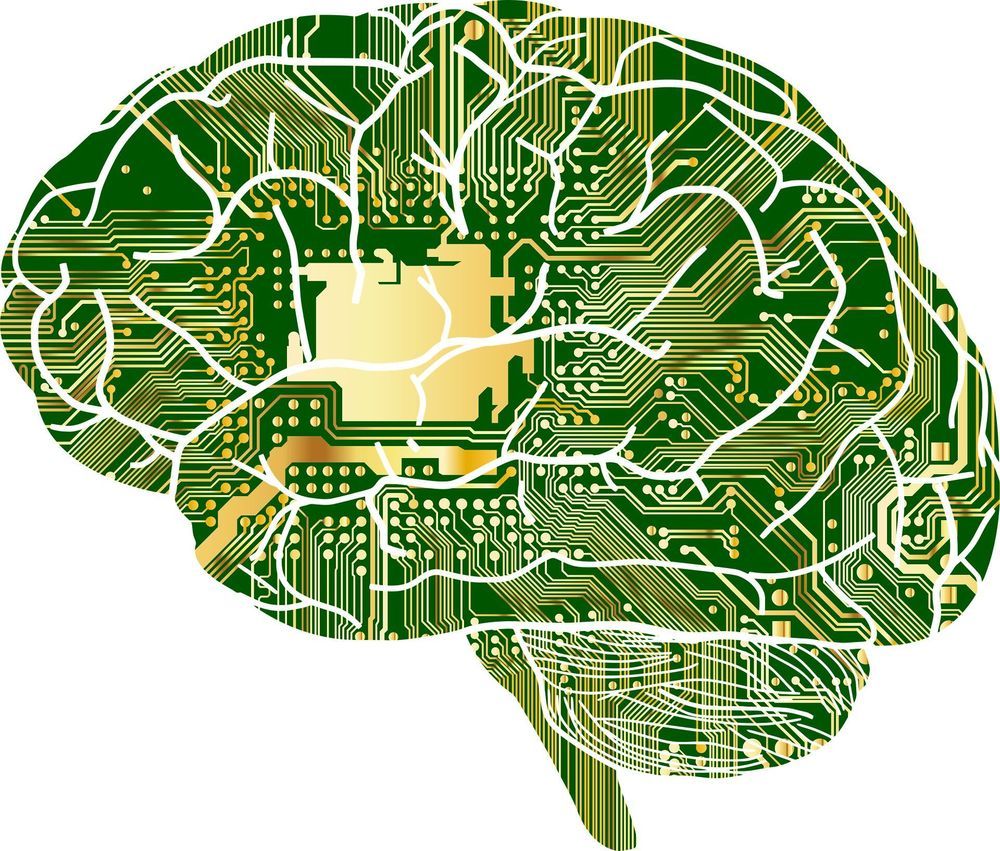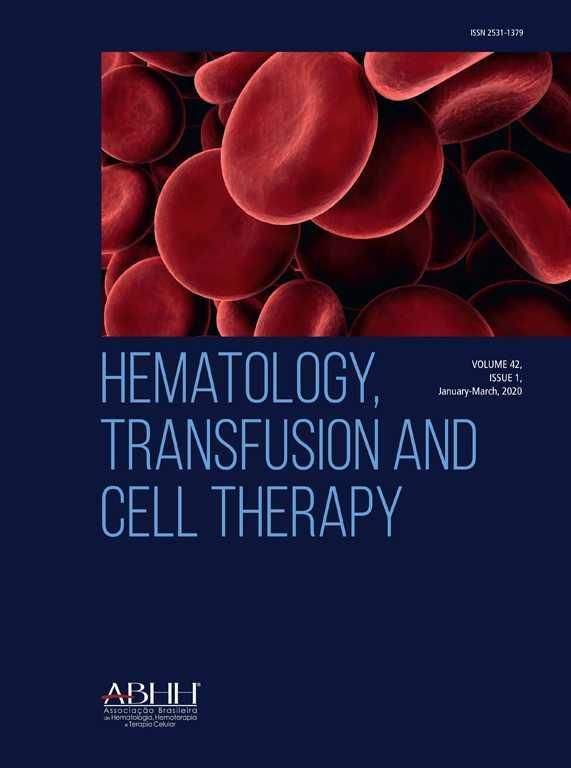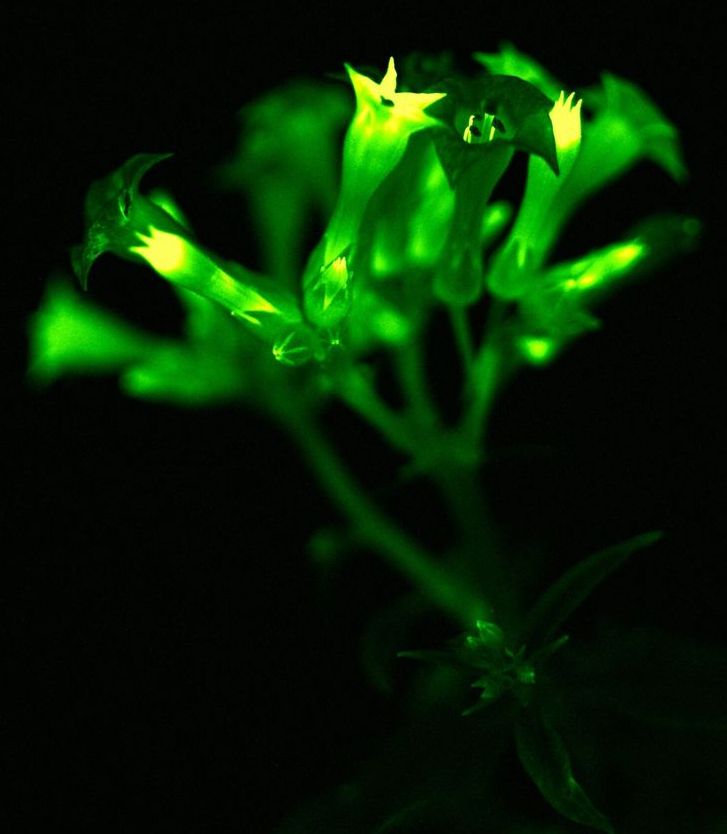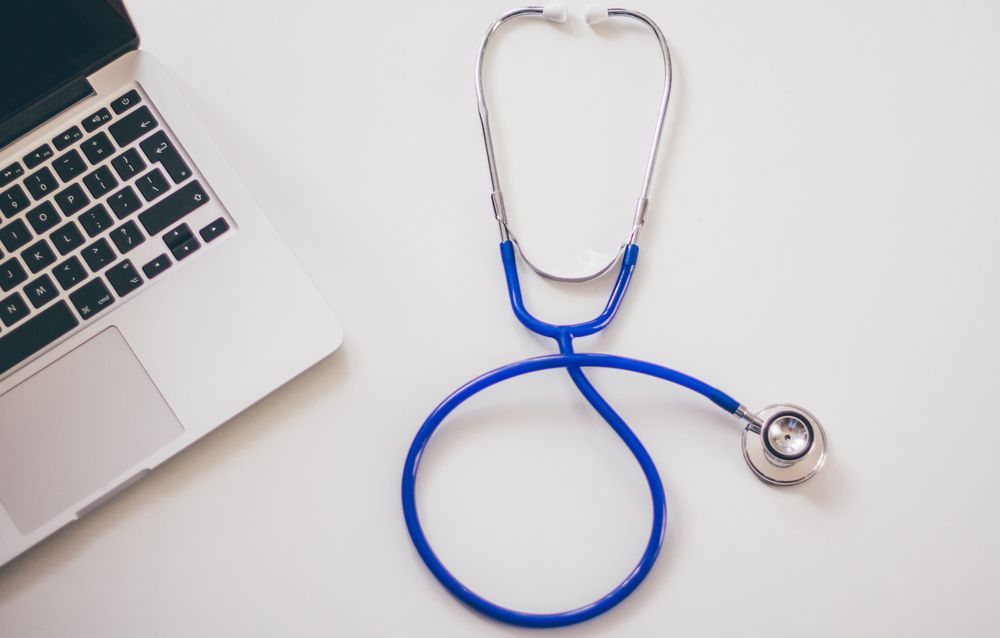During the 1918 flu, San Francisco lifted its lockdown early — and paid a dire price.
» Subscribe to NowThis: http://go.nowth.is/News_Subscribe
» Sign up for our newsletter KnowThis to get the biggest stories of the day delivered straight to your inbox: https://go.nowth.is/KnowThis
In US news and current events today, the coronavirus pandemic, the COVID-19 outbreak has had people around the world in lockdown. People in the United States and the world at large have had to quarantine and practice social distancing and self-isolation when necessary.
Some states, like Georgia, are beginning to reopen businesses, but history has shown us that lifting a lockdown too early can have dire consequences. Here’s how San Francisco’s early lifting of regulations during the 1918 flu, a strain of H1N1 virus also referred to as the Spanish flu, nearly doubled the death toll of the city.
#Coronavirus #Lockdown #SanFrancisco #Pandemic #Flu #News #NowThis #NowThisNews
Connect with NowThis
» Like us on Facebook: http://go.nowth.is/News_Facebook
» Tweet us on Twitter: http://go.nowth.is/News_Twitter
» Follow us on Instagram: http://go.nowth.is/News_Instagram
» Find us on Snapchat Discover: http://go.nowth.is/News_Snapchat
NowThis is your premier news outlet providing you with all the videos you need to stay up to date on all the latest in trending news. From entertainment to politics, to viral videos and breaking news stories, we’re delivering all you need to know straight to your social feeds. We live where you live.





